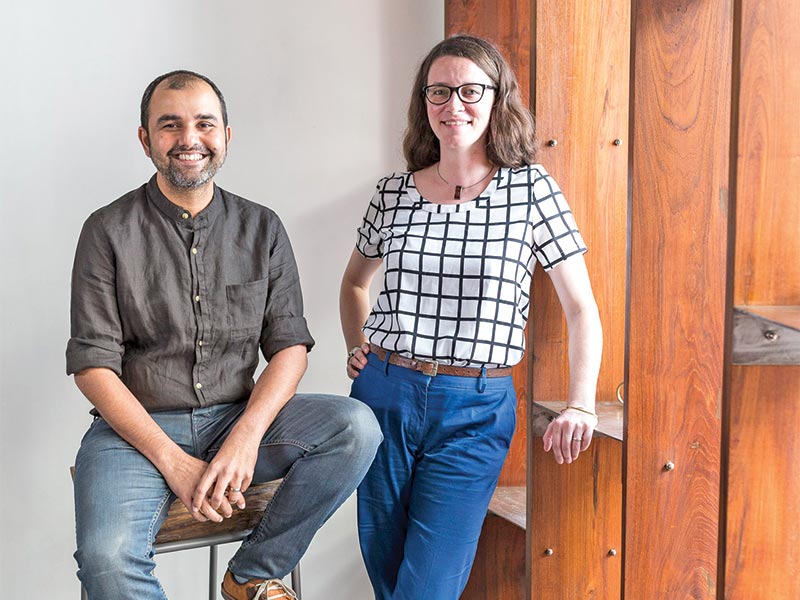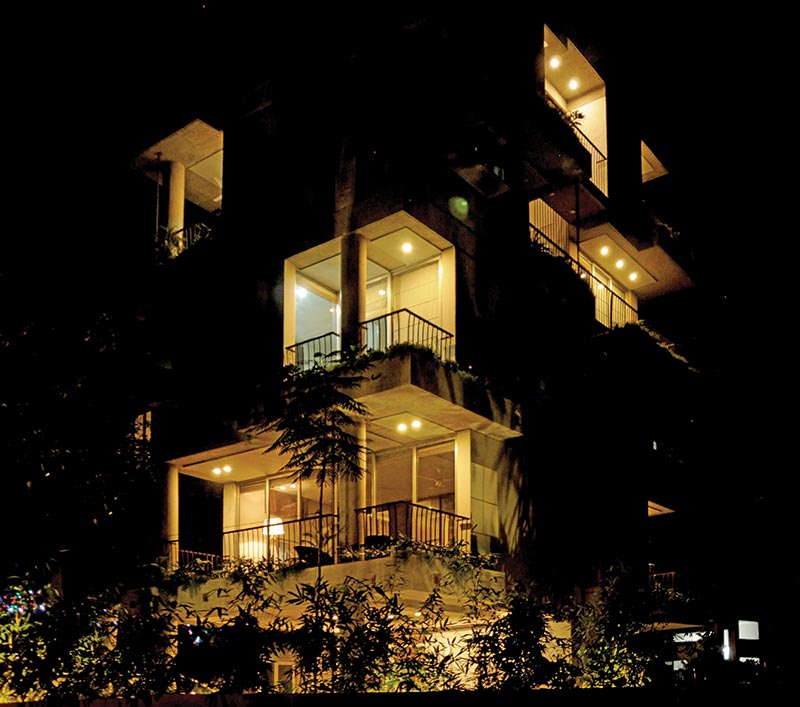
It is difficult to make characterizations about India as a whole, as there is already such variation within the country. Depending upon where we work and with whom, we can use state of the art technology, or extremely simple construction techniques. There is certainly reference to outside influences, but we would argue that those references have existed for centuries, and are nothing new. The ease of importing new technologies may be what is changing, however, it still comes at a very steep cost relative to the cost of local construction.
The power of technology lies in its capacity to test optimizations of various sorts.

Stone as a load bearing element and brick that is exposed, are potential reinventions.
Currently, there is room for all traditional materials like brick, stone, bamboo, mud, and timber, so it is not a question of whether some are coming back or not, but to what end are they used. Stone and brick are basic materials for many buildings. But stone as a load bearing element and brick that is exposed, are potential reinventions that hark back to previous construction norms. As labour costs increase, labour-intensive practices at site will necessarily reduce.
The landscape in India is incredibly diverse, so commenting on whether construction techniques like Precast, PEB, Drywall, etc will become the ‘norm in India’ would overlook many complexities of variations to access in urban and rural areas, and even between metropolitan urban and tier cities.















